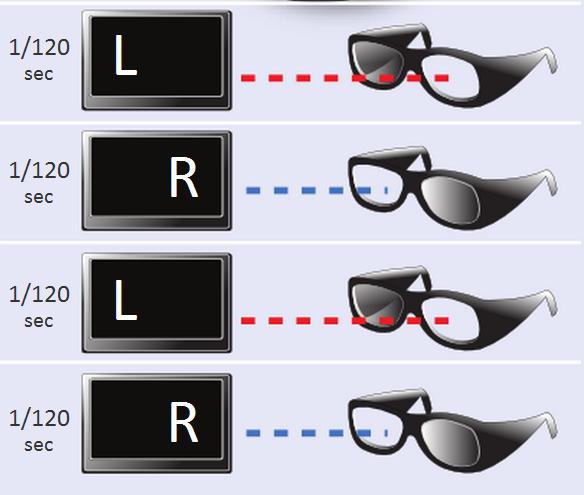World Cup Frame-compatible 3DTV Post Mortem

JOHANNESBURG, SOUTH AFRICA: The 2010 World Cup is over, leaving in its wake the launch of 3DTV in many areas of the world. DirecTV and ESPN predicated U.S. 3DTV launches on the stereoscopic coverage of the soccer tournament.
France Telecom’s GlobeCast provided contribution for the 28 live games done in 3D, according to John Moulding of VideoNet. Providing 3D video images involved capturing separate video streams for left- and right-eye views in JPEG2000 compression, he notes. The streams were converted at the International Broadcast Center in Johannesburg using Sensio gear into an HD SDI frame-compatible (side-by-side) output encoded in MPEG-2. The signal was sent by satellite to London, and from there, distributed worldwide.
Besides ESPN in the United States, Moulding said TV providers in Japan, China, Australia, France and Spain also took the 3D feed. MPEG-2 was the primary contribution format, but a Globecast executive told Moulding that future events would likely utilize separate, synchronized signals compressed with MPEG-4, as with Multiview Coding. The latter format would require more bandwidth for transporting images on multiplexed channels, though France’s M6 has experimented with the configuration.
Frame-compatible 3DTV, in which left- and right-eye images are displayed side-by-side, is becoming the predominant format for stereoscopic television. Format standards are still under development, however, and European broadcasters are agitating for one that works with two-dimensional broadcasts.
A recent survey of European Broadcasting Union members revealed that more than half preferred a service-compatible format. Additional data in the program stream provides the information necessary for 3DTVs to create 3D images in the service-compatible mode.
Moulding provides more details of the World Cup 3D coverage at “ The Frame-compatible 3D World Cup.” -- Deborah D. McAdams
The professional video industry's #1 source for news, trends and product and tech information. Sign up below.
